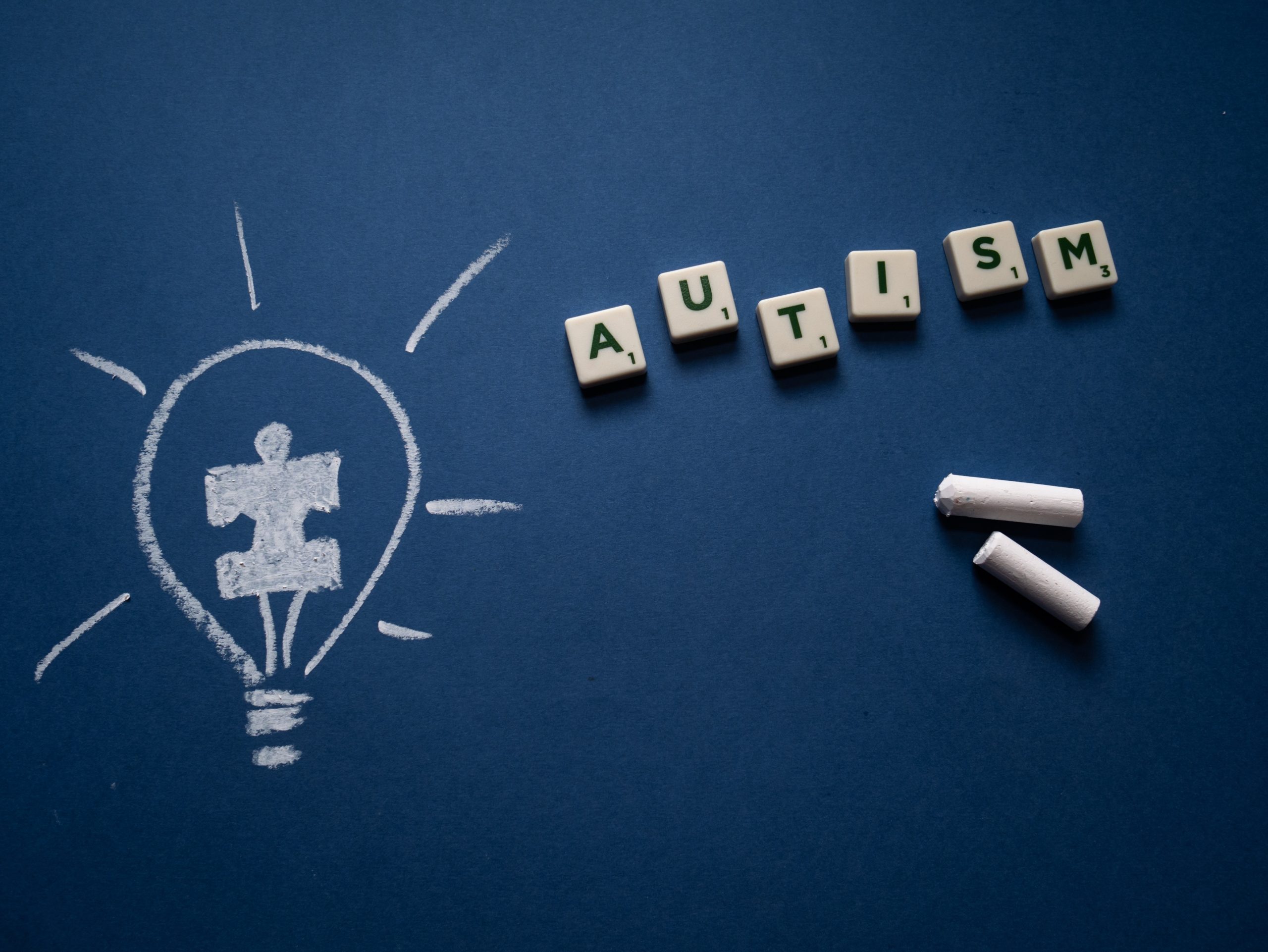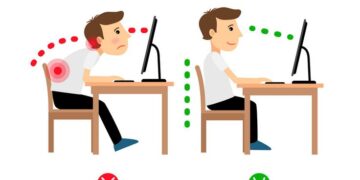Autism is a neurodevelopmental condition that impairs behaviour, speech, and social interaction. It affects the entire world, and Ghana is not an exception. Although little is known about the prevalence of autism in Ghana, a few studies have suggested that the condition is increasing here. Vivahealth Magazine delves into all this important topic. For instance, a 2017 study conducted by the University of Cape Coast found that the prevalence of autism in the Central Region of Ghana had increased from 0.4% in 2014 to 0.8% in 2017. Another study published in the Journal of Autism and Developmental Disorders in 2020 reported a prevalence rate of 0.8% among children aged 18 to 35 months in the Greater Accra Region.

Autism is a disorder that affects how people communicate and interact with others. It can be difficult to diagnose, but there are many signs to look for.
1: Lack of social skills
Learning disabilities can affect a child’s ability to interact socially with peers and adults. Early intervention is key to helping children with learning disabilities develop the necessary social skills. Occupational therapy offers a range of activities that can help children learn these skills. The activities help children understand the meaning behind social interactions and how to use appropriate communication techniques. Through the use of role-playing activities, children learn how to read and interpret body language, facial expressions, and tone of voice. They also gain practice in initiating conversations, taking turns in a conversation, and listening actively. For those who struggle with written communication, occupational therapists can help develop strategies for writing emails and letters as well as understanding what is written by others. With early intervention and proper guidance, children can gain the social skills needed to become confident communicators in any setting.
2: Problems with verbal and nonverbal communication
Verbal and nonverbal communication problems can be indicators of learning disabilities and require early intervention. If a child has difficulty with speech, reading, or writing, it’s important to have them evaluated as soon as possible. Early intervention can help to minimize the effects of learning disabilities and create a positive outcome. Occupational therapy is one way to help children with verbal and nonverbal communication issues. It works to improve skills needed for daily living, including communication, through activities that are meaningful and engaging. This type of therapy may involve speech and language therapy, sensory integration, behavioral strategies, and play-based activities. With the help of an occupational therapist, children can learn new ways to communicate and develop skills for successful interaction with others. Although verbal and nonverbal communication problems can be challenging, early intervention can make a big difference in helping children manage their challenges and reach their full potential.
3: Lack of interest in other people
Early intervention for children with learning disabilities is becoming increasingly important for parents. Occupational therapy is a key component of this intervention and can help children with learning disabilities develop important skills such as developing an understanding of their environment, developing social skills, and having an increased awareness and knowledge of self. Occupational therapy focuses on the development of motor, cognitive, and sensory skills which are essential for successful functioning in day-to-day activities. Occupational therapy encourages children to practice daily tasks and activities to help them build the motor skills they need, while also giving them an opportunity to learn and practice problem solving, organization, and communication strategies. Through these strategies, children will be able to gain a better understanding of their environment and the people within it. Furthermore, occupational therapy also encourages children to build positive relationships with other people by fostering active listening, communication, and demonstrating an interest in others. By fostering these relationships, children will become more confident in their abilities and more comfortable when interacting with other people. Early intervention with occupational therapy can be beneficial for children with learning disabilities as it gives them the opportunity to build the skills they need for successful functioning in everyday life.
4: Difficulty understanding emotions in other people
Children with learning disabilities often have difficulty understanding emotions in other people. This can make it difficult for them to effectively communicate with others. For example, a child with a learning disability may not be able to understand why someone is angry or upset. As a result, they may not be able to properly respond when someone else is upset.
5: Rigidity and repetitive behavior
Children with learning disabilities may also have difficulty with rigidity and repetitive behavior. For example, a child may have a difficult time transitioning from one activity to another or from one part of the room to another.
6: Tics or twitches
Children with learning disabilities may also experience tics or twitches. These behaviors can vary from being very small, such as a twitch in an arm, to more severe tics, such as repetitive movements of the hands or head.
7: Hyperactivity or impulsivity
Children with learning disabilities may also have a hyperactivity or impulsivity. This can make it difficult for them to sit still or focus on one task for an extended period of time. Hyperactivity can also lead to difficulty regulating one’s emotions, which can lead to a number of behavioral issues, such as trouble paying attention in class or engaging in appropriate social interactions.
8: Sensitivity to sensory input (such as noise or light)
Children with learning disabilities may be particularly sensitive to sensory input, such as noise or light. This can make it difficult for them to focus or complete tasks when these things are present. For example, a child with a learning disability may have difficulty completing a math problem in class if there is a lot of noise around him or her.
9: Restricted interests or behaviors
Children with learning disabilities may have difficulty with restricted interests or behaviors. This can make it difficult for them to find something they enjoy doing, or to stick with a task for an extended period of time. For example, a child with a learning disability may have a hard time playing video games or listening to music for an extended period of time.
10: Repetitive behaviors (such as hand-wringing or spinning)
Children with learning disabilities may also have a tendency to repetitive behaviors, such as hand-wringing or spinning. These behaviors can be difficult for others to watch and can become habituated over time.
Conclusion
Despite the growing awareness of autism in Ghana, there are still significant challenges in providing adequate care and support for individuals with autism and their families. These challenges include limited access to specialized services, lack of trained professionals, stigma and discrimination, and insufficient funding for autism research and advocacy. However, there are several non-governmental organizations and advocacy groups working to address these challenges and improve the lives of individuals with autism in Ghana.
These are some of the most common signs that may indicate you have autism. If you notice any of these symptoms in yourself or a loved one, please contact an autism specialist for further evaluation.































